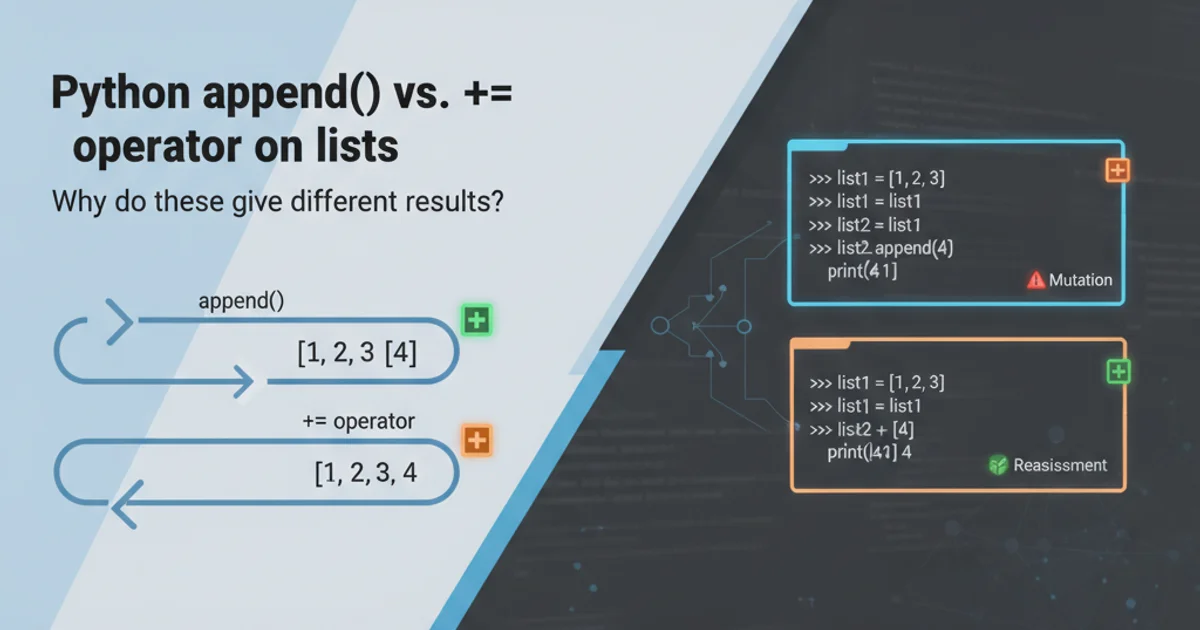How can I shuffle the letters of a word?
Categories:
Shuffling Letters in a Word: Java Implementation

Learn how to effectively shuffle the letters of a given word in Java using various techniques, including array manipulation and random number generation.
Shuffling the letters of a word is a common programming challenge that can be useful in various applications, such as generating random puzzles, creating unique identifiers, or simply as a fun exercise in string and array manipulation. This article will guide you through different approaches to achieve this in Java, focusing on clarity, efficiency, and best practices.
Understanding the Core Problem
At its heart, shuffling a word involves taking its constituent characters, randomizing their order, and then reassembling them into a new string. The key challenge lies in ensuring true randomness and handling the character data effectively. We'll primarily work with char arrays for manipulation, as strings in Java are immutable.
flowchart TD
A[Start: Input Word] --> B{Convert to Char Array}
B --> C[Initialize Random Number Generator]
C --> D{Loop from End to Start of Array}
D --> E{Generate Random Index 'j' (0 to 'i')}
E --> F[Swap charArray[i] with charArray[j]]
F --> G{Decrement 'i'}
G -- If 'i' >= 0 --> D
G -- If 'i' < 0 --> H[Convert Char Array back to String]
H --> I[End: Shuffled Word]Flowchart of the Fisher-Yates Shuffle Algorithm for characters
Method 1: Fisher-Yates Shuffle (Durstenfeld's Variation)
The Fisher-Yates shuffle, specifically Durstenfeld's variation, is a highly efficient and widely accepted algorithm for generating a random permutation of a finite sequence. It works by iterating from the last element down to the first, swapping each element with a randomly chosen element from the beginning of the array up to the current element's position. This ensures that each permutation is equally likely.
import java.util.Random;
public class WordShuffler {
public static String shuffleWord(String word) {
if (word == null || word.isEmpty()) {
return word;
}
char[] chars = word.toCharArray();
Random random = new Random();
for (int i = chars.length - 1; i > 0; i--) {
int j = random.nextInt(i + 1); // Generate random index from 0 to i
// Swap chars[i] and chars[j]
char temp = chars[i];
chars[i] = chars[j];
chars[j] = temp;
}
return new String(chars);
}
public static void main(String[] args) {
String originalWord = "example";
System.out.println("Original: " + originalWord);
for (int k = 0; k < 5; k++) {
System.out.println("Shuffled " + (k + 1) + ": " + shuffleWord(originalWord));
}
}
}
java.util.Random class is suitable for most general-purpose random number generation. For cryptographic security or extremely high-quality randomness, consider java.security.SecureRandom.Method 2: Using Collections.shuffle() with a List
Java's java.util.Collections utility class provides a convenient shuffle() method that can randomize the order of elements in a List. While this isn't directly applicable to char[], we can convert our word's characters into a List<Character>, shuffle it, and then convert it back to a string.
import java.util.ArrayList;
import java.util.Collections;
import java.util.List;
import java.util.Random;
public class WordShufflerCollections {
public static String shuffleWord(String word) {
if (word == null || word.isEmpty()) {
return word;
}
List<Character> chars = new ArrayList<>();
for (char c : word.toCharArray()) {
chars.add(c);
}
// Use Collections.shuffle() with a custom Random instance for reproducibility if needed
Collections.shuffle(chars, new Random());
StringBuilder shuffledWord = new StringBuilder(word.length());
for (char c : chars) {
shuffledWord.append(c);
}
return shuffledWord.toString();
}
public static void main(String[] args) {
String originalWord = "programming";
System.out.println("Original: " + originalWord);
for (int k = 0; k < 5; k++) {
System.out.println("Shuffled " + (k + 1) + ": " + shuffleWord(originalWord));
}
}
}
Collections.shuffle() is concise, it involves boxing primitive char types into Character objects and creating a List, which might incur a slight performance overhead compared to direct char[] manipulation for very large strings. For typical word lengths, this difference is negligible.Choosing the Right Approach
Both methods presented are effective for shuffling the letters of a word. The Fisher-Yates shuffle on a char[] is generally considered more performant due to direct array manipulation and avoiding object boxing/unboxing. However, Collections.shuffle() offers a more concise and readable solution if the slight performance difference is not critical for your application.
1. Step 1: Convert to Character Array
Always convert the input String to a char[] using word.toCharArray() because strings in Java are immutable. This allows in-place modification of characters.
2. Step 2: Initialize Randomness
Create an instance of java.util.Random. If you need a reproducible shuffle (e.g., for testing), you can seed the Random object with a fixed value: new Random(seedValue).
3. Step 3: Implement Shuffle Logic
Apply either the Fisher-Yates algorithm (looping and swapping) or convert to a List<Character> and use Collections.shuffle().
4. Step 4: Convert Back to String
Once the character array or list is shuffled, convert it back to a String. For char[], use new String(charArray). For List<Character>, use a StringBuilder for efficient concatenation.